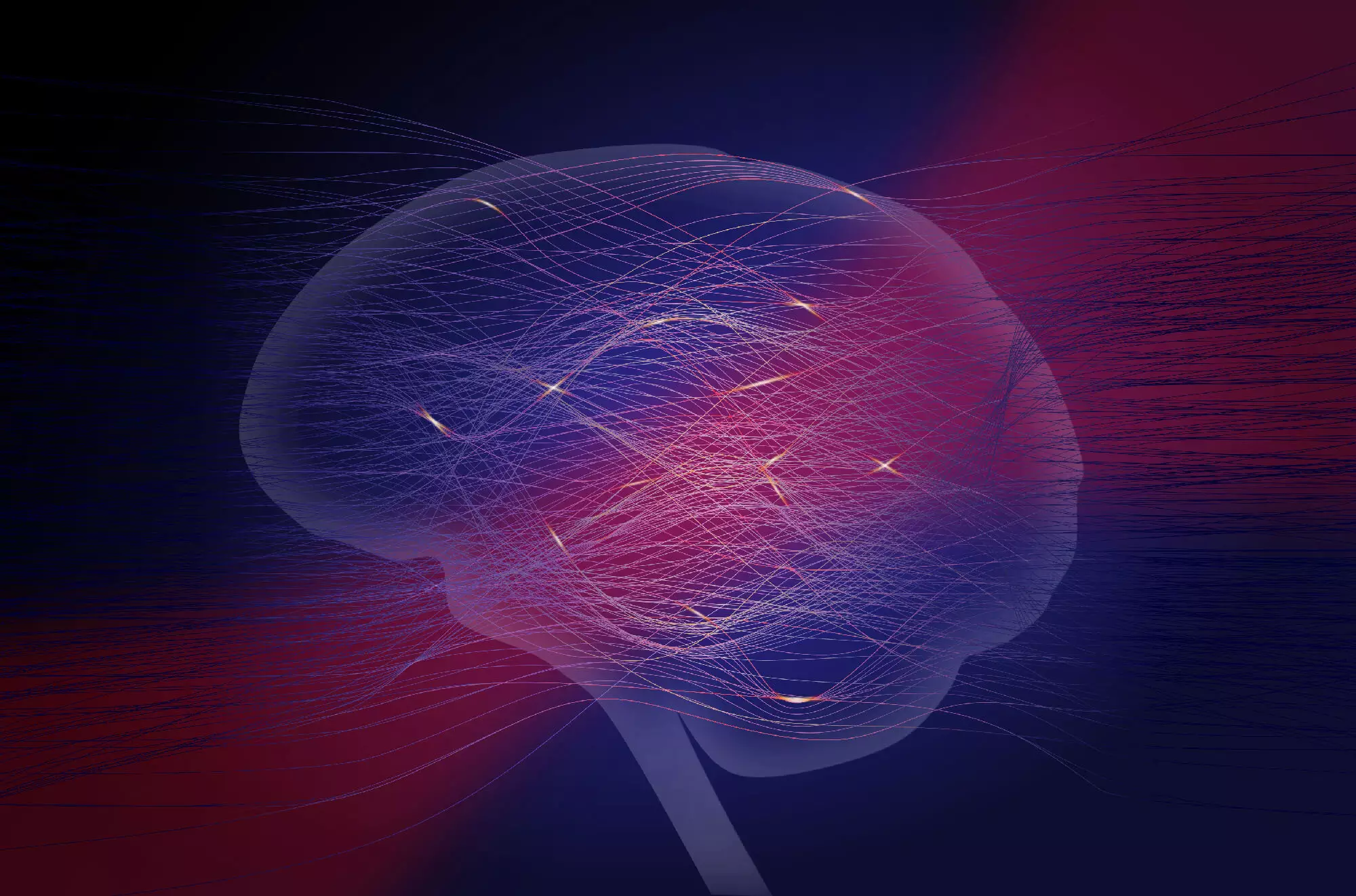In a world where technology is advancing at an unprecedented rate, the need for more sustainable solutions in the field of artificial intelligence and machine learning is becoming increasingly important. Researchers at the Max Planck Institute for the Science of Light have put forth a new method that could revolutionize the way neural networks are implemented, making them more energy-efficient and cost-effective in the long term.
As machine learning and artificial intelligence applications continue to grow in complexity, the size of neural networks has increased exponentially. This rapid growth has resulted in a significant rise in energy consumption and training times, making current technologies unsustainable in the long run. For example, training GPT-3 alone is estimated to have consumed more than 1,000 MWh of energy, equivalent to the daily electrical energy consumption of a small town. This trend has led researchers to explore alternative methods to make machine learning more sustainable.
Neuromorphic computing aims to replace traditional neural networks with physical neural networks that can perform mathematical operations in a faster and more energy-efficient manner. Optics and photonics have emerged as promising platforms for neuromorphic computing, as they offer the potential to keep energy consumption to a minimum and perform computations at high speeds limited only by the speed of light.
Clara Wanjura and Florian Marquardt from the Max Planck Institute for the Science of Light have proposed a new method for implementing neural networks with an optical system, as detailed in their recent article in Nature Physics. Unlike traditional approaches that require high laser powers and lack efficient training methods, their method involves imprinting the input on the light field by changing the light transmission. This allows for the processing of input signals in an arbitrary fashion without the need for complicated physical interactions.
The proposed approach by Wanjura and Marquardt opens up new possibilities for neuromorphic devices by significantly relaxing experimental requirements. Their method can be applied to a wide range of physically different systems, making it a versatile and sustainable solution for the future of machine learning. By simplifying the evaluation and training processes, optical neural networks have the potential to perform image classification tasks with the same accuracy as digital neural networks.
The implementation of neural networks with an optical system offers a promising and sustainable approach to machine learning. By overcoming the challenges of energy consumption and training times, this new method paves the way for more efficient and cost-effective neural networks. As researchers continue to explore the possibilities of optical neural networks, the future of machine learning looks brighter and more sustainable than ever before.


Leave a Reply